Getting it right the first time
With digital twins helping to ward off manufacturing defects, maybe product recalls will soon be a thing of the past?
15 September is a date Samsung employees are unlikely to forget anytime soon. It’s the day U.S. safety regulators formally announced a recall of Samsung’s new flagship Galaxy Note 7 smartphone in response to an electrical fault that had caused several units to overheat and even catch fire during charging. At that time there were already over a million of the phones in circulation worldwide, making the recall action a hugely expensive exercise.
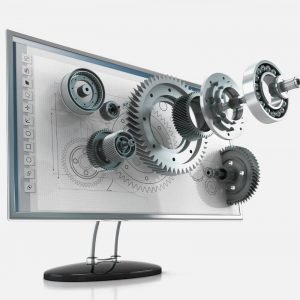
Quite apart from the immediate financial losses, product recalls cause huge and long-lasting reputational damage. Most people still remember the legendary failure of the “moose test” by the 1997 Mercedes A-Class and the ensuing recall – and that was nearly 20 years ago. Then, as now, the outpouring of scorn in the media and among consumers was immense.
Product recalls de rigueur in manufacturing
These sorts of defects in parts and finished products are by no means a rarity. There are entire websites out there dedicated to product warnings and recalls of all kinds. The listings are in the hundreds, ranging from Ikea dishwashers and Yamaha scooters to Uvex safety helmets, and they’re growing by the day. One reason for the carnage is that product development cycles are getting shorter and shorter, leaving less and less time for extensive testing. Today’s labyrinthine supply chains and globalized markets are also partly to blame, as it’s virtually impossible to keep tabs on all aspects of all components all of the time.
So now, manufacturers are turning to digital twins for a solution. These CAD doppelgangers of real parts and products do more than merely shorten development and manufacturing times by eliminating physical prototyping. They also make products better.
Products that are into self-improvement
“The ultimate vision for the digital twin is to create, test and build our equipment in a virtual environment,” says Paul Vickers of NASA#s National Center for Advanced Manufacturing. “Only when we get it to where it performs to our requirements do we physically manufacture it.” The physical product then reports back through sensors to its digital twin, which in turn makes adjustments to the physical production process. In this way, the product pretty much fine-tunes and optimizes itself.
Various elements of the digital twin concept are already in use in many areas of industry. For instance, developers use CAD models to get a good overall impression of finished products; manufacturers use logistics and process computations to simulate production; and many machines have sensors that continuously monitor machine states. But there can be no talk of a true digital twin until all of these factors are combined.
Getting it right the first time
“The Digital Twin is not a generic model,” says Ganesh Bell, chief digital officer and general manager of Software & Analytics at GE Power & Water. “It’s a collection of actual physics-based models reflecting the exact operating condition.” The information generated can then be used to draw accurate real-life conclusions about things like machine performance and failure modes and hence optimize the product or the manufacturing process.
By having products constantly feed information back to their digital twins at the manufacturer’s, it may be possible to detect defects – such as overheating smartphone batteries – very early on and even fix them before the product leaves the factory. This would minimize if not completely eliminate the need for recalls. Whether or not consumers would be okay with having their devices constantly phoning home to the manufacturer is a different story.
More about these new concepts and technologies you can find out by visiting Hannover Messe 2017.Those who wish to participate as visitors can obtain free tickets by visiting this link .
For details on participation in Hannover Messe, contact the Deutsche Messe reptresentative for Romania and Moldova:
Luminiţa Constantin
- Tel: +40 21 207 91 64;
- E-mail: [email protected]
Source: Hannover Messe
Photo/video source: Hannover Messe

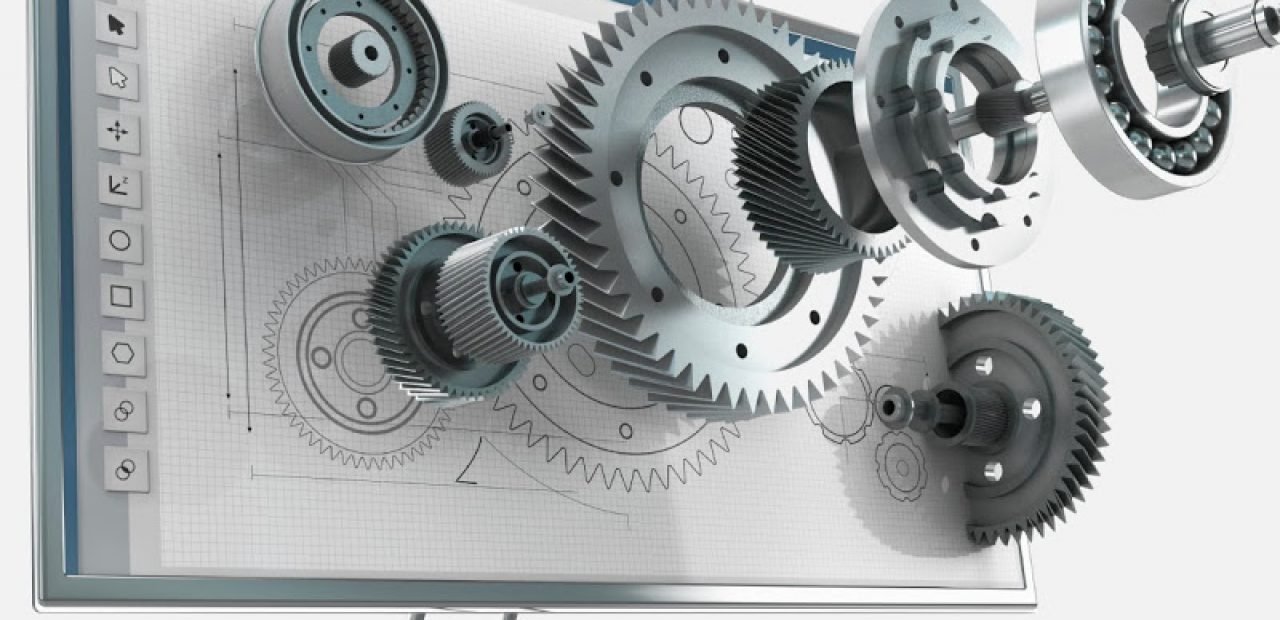
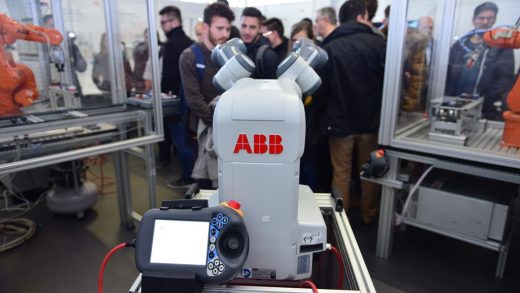
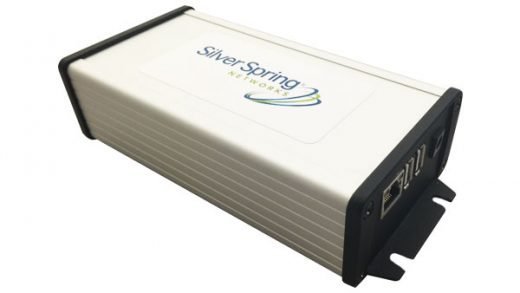
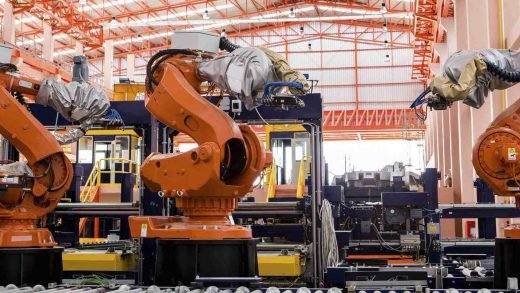
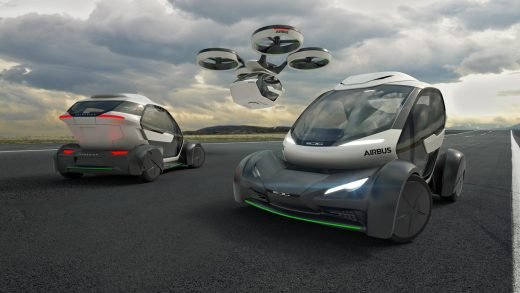
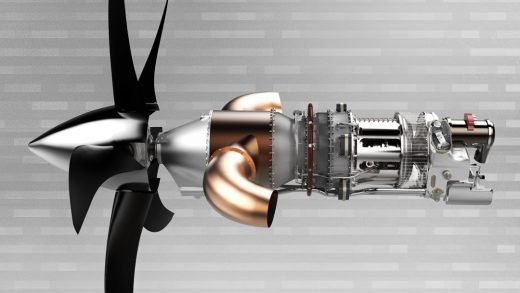
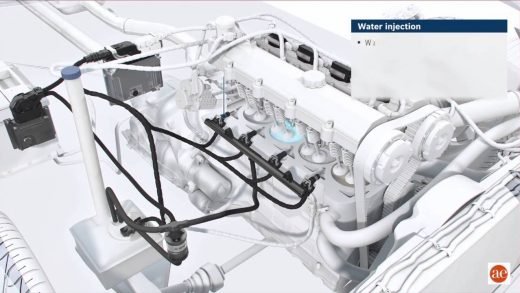
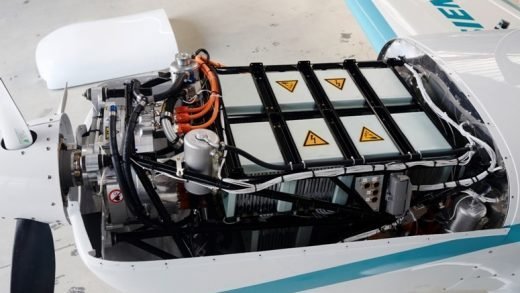
Recent Comments